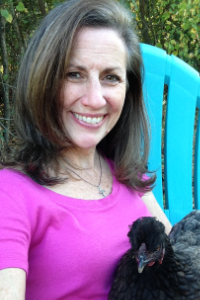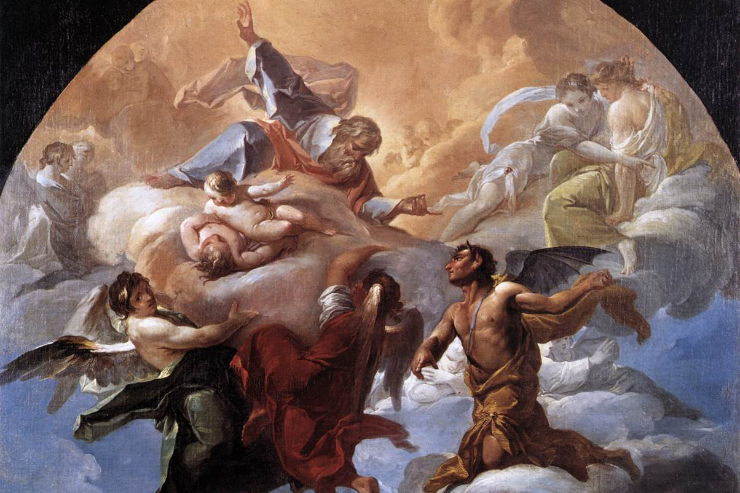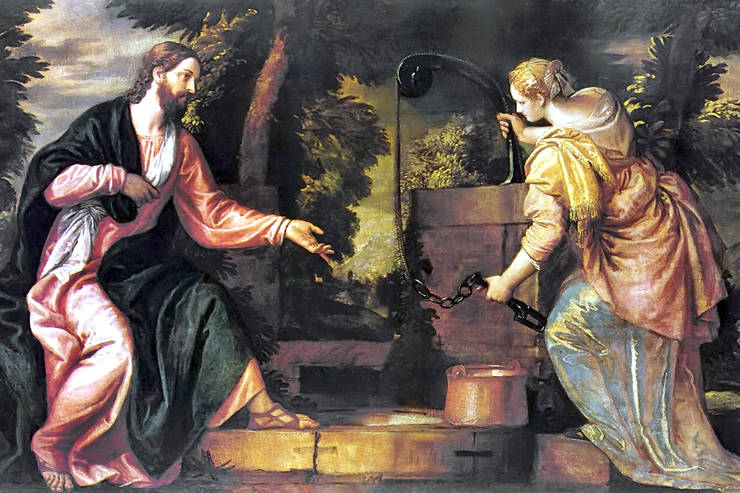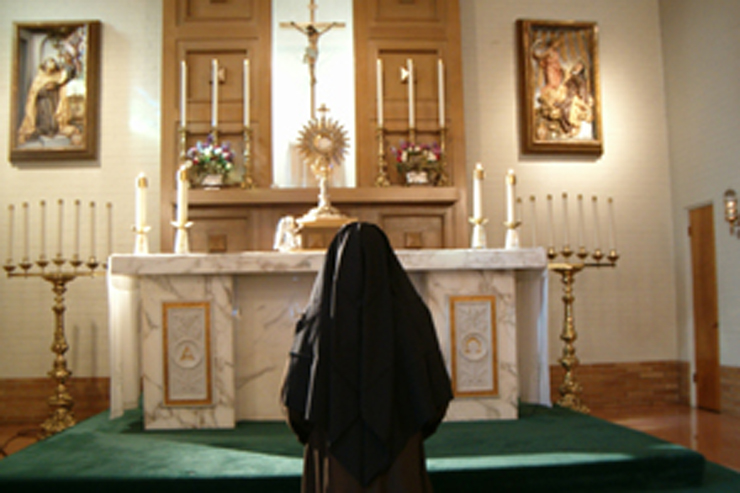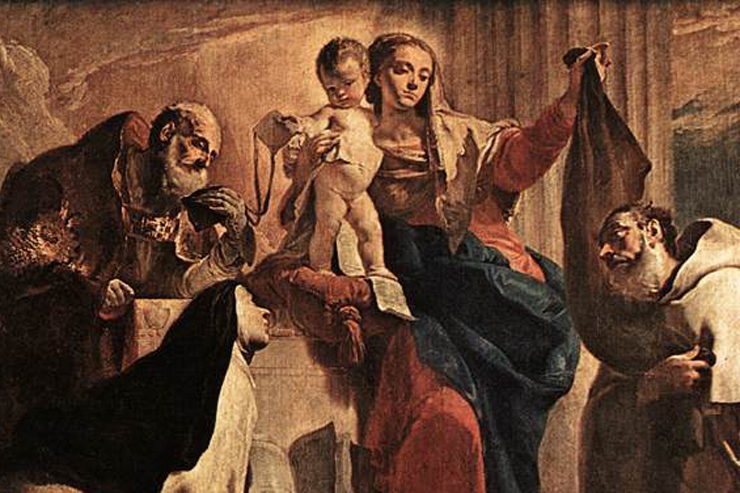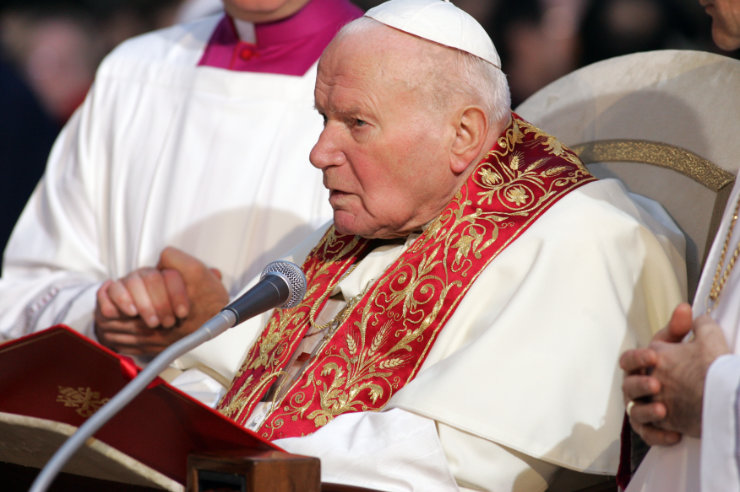
Today, May 18, 2020, marks the one-hundredth anniversary of the birth of Saint John Paul the Great. Susannah Pearce offers a personal refection on this powerful witness for Christ and the impact his life and mission had on so many lives and families. (Editors)
If it is possible to truly love a person one has not met with all the fervor of familial love, this is the way I love Pope Saint John Paul II. And I am, clearly, not alone. People were drawn to him in a way that can only be explained by holiness. When we looked at him, we saw Christ. When he looked at us, he saw his children.
I am of the large cohort of people referred to as the “John Paul II Generation.” He was our pope. We grew up with him or came to an understanding of our Faith during his pontificate. We have stories.
My favorite collection of personal, behind-the-scenes stories of Pope John Paul II is Jason Evert’s book, Saint John Paul the Great: His Five Loves, which contains anecdotes told to, and verified by, the author, by people who had first-hand encounters with the beloved pope. In it, we are delighted by accounts of the difficulty in getting the man to update his shabby wardrobe, because gifts of clothing were inevitably given away to those in greater need. To successfully replace his old sweater, his housekeeper (when he was cardinal) had to make the new one look old and used.
Another favorite story tells of the pontiff’s uncanny connection to Our Lord in the Blessed Sacrament. In an effort to keep the tight schedule moving along while visiting Denver in advance of World Youth Day, his team asked that the unmarked door to the Eucharistic chapel in the diocesan offices be closed during the holy father’s tour, so he would not see it and make a detour to say hello. The plan was stymied when the saint, about to pass the closed door, stopped, wagged his finger at the scheduler, opened the door and made a lengthy visit with his Lord.
I have my own stories, too. Most are not first-hand interactions, but spiritual connections by which this man has fathered me in my faith and guided me toward a living relationship with the Divine Son and a trajectory toward heaven.
I was lucky to be able to attend his Mass when he visited Los Angeles in 1987. I have few recollections of the event, but it planted seeds of love. By the time I went to World Youth Day in Denver in 1993, I was a fervent fan of my Holy Father. He delighted in his spiritual children, smiling, joking and encouraging us, “Do not be afraid to preach the Gospel!” Something about him made us unafraid to do so.
His life gave witness to his exhortation: “Coraggio!” While still a teenager, Karol Wojtyla learned to navigate a world in crisis, war and tyrannical occupation. As a seminarian, priest, and cardinal in his native Poland, he battled evil, at times risking his life to live and teach the Truth in a world awash with the lies of Communism. As a seminarian, he often engaged in secret, illegal meetings to preserve his people’s culture and souls through theater and catechesis. As a parish priest, he led clandestine camping trips with groups of young people, where he taught them philosophy and Catholic doctrine. Unapproved assemblies were punishable offenses, so the youth called him “Uncle Karol;” it was a family outing. As cardinal, he showed his countrymen that God will prevail in a revolution of Faith, rather than bloodshed. Pope John Paul II was a key figure, along with President Ronald Reagan, in bringing down the Berlin Wall.
The man was not just a hero; he was a superhero—and a better one than those found in comic books. The exuberant saint rose above the currents of evil through his superpower: buoyancy. Its source was the Revelation of God and His sacraments, through which our hero gained the strength of virtue. His power of “invisibility” enabled us to see through him to Jesus Christ. His soared with levity born of trust in the providential Father. He was all in: “Totus tuus” to the Blessed Mother. He did not have a dark side.
I’m not the only one who sees him this way. One clever meme making the rounds of social media pictures Pope John Paul II with the caption, “Saw his family die. Saw his city corrupted by evil. Studied and trained in secret to fight injustice. Never killed anybody who killed his loved ones. Went into a secret cave. Emerged with a sweet outfit, complete with a cape. Used a bullet-proof car. Ushered in an era of freedom and love. Your move, Batman.” That about sums it up.
Considering his background, we are not surprised to find this nugget of encouragement in his Apostolic Exhortation, Catechesi Tradenae (22), “Firm and well-thought-out convictions lead to courageous and upright action.” There is no separating living the Faith from our knowing Christ, the revelation of God. Saint John Paul II’s life is the (very attractive) illustration of this statement. In the way of a true father, he taught, guided and supported his children toward the abundant life that only Our Lord makes possible.
Because Saint John Paul was immersed in the mystery of faith, of God made man, his life straddled heaven and earth. Cardinal means hinge and pontiff means bridge. He was both—a strong central support for us as we turn to Christ and a path for us to follow, holding us aloft over turbulent waters as we journey toward our true home. He was a champion of the individual and never tired of insisting on respect for the dignity of the human person.
I have had several other opportunities to see my holy father in person over the years—from a distance—in Baltimore and St. Peter’s Square, but my most intimate encounter occurred when my husband and I attended the Wednesday audience on our honeymoon, in our wedding attire, to have our marriage blessed along with fifty other couples. We were face to face with my hero. A person becomes somewhat speechless in such a situation. I urged my husband to kiss his ring. He took the pontiff’s soft hand, but the Pope pulled his hand away and offered it to me to kiss first! In fact, his blue, blue eyes remained on me even while he offered his hand to my husband. I have heard from friends that he always looked only at the bride. Perhaps he was giving his special prayers for the vocation as a wife, the human image of the Church, the Bride of Christ.
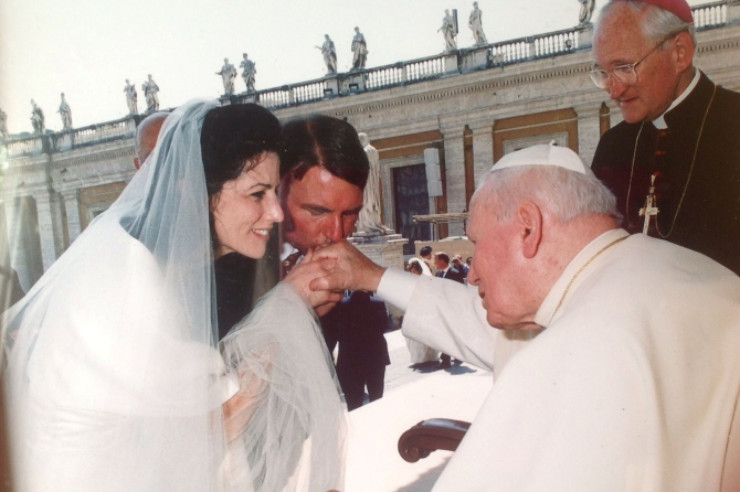
It was one of Saint John Paul II’s special missions to illuminate the importance of the family.
“The future of humanity passes by way of the family. It is therefore indispensable and urgent that every person of good will should endeavor to save and foster the values and requirements of the family” (Familiaris Consortio 86 )
In the same Apostolic Exhortation, he challenged, “family, become what you are.” The family is the image of the Triune God, an intimate community of life and love. In the image, he tells us, family finds both its identity and its mission: “to guard, reveal and communicate love, and this is a living reflection and a real sharing in God’s love for humanity and the love of Christ the Lord for the Church His bride.” It’s no wonder the family is under such fearful attack today.
This is a mission, when accepted, that both requires and produces sanctity. It is one we must not shrink from if we are to become what we are as families as well as individuals. Our dear Papa was a great leader, one who asked of us only what he himself was willing to do, which was to give himself fully to God’s will. He led by his example of faith, prayer, joy, and sacrifice. He allowed himself to become a saint. And he asked us to become saints as well. One of my favorite memories of JPII illustrates his secret weapon in the task of sanctity. The evening of August 15, 1993 found me eagerly watching the local news coverage of the Denver World Youth Day, where I had attended Mass that morning in Cherry Creek State Park with hundreds of thousands of other Catholics. Footage was shown of the Holy Father’s various audiences, tours, and meetings. He had visited a Catholic kindergarten class where the children asked his holiness the sorts of questions young children do. His simple response to the little boy who asked, “What is your favorite food?” offers the key to our hero’s success as an instrument of God’s will. Pope Saint John Paul the Great answered simply, “Whatever I am served.”
This article originally appeared in the May/June 2020 issue of the Saint Austin Review.
Help us spread the Gospel. Please share this article on Facebook and other social media.



